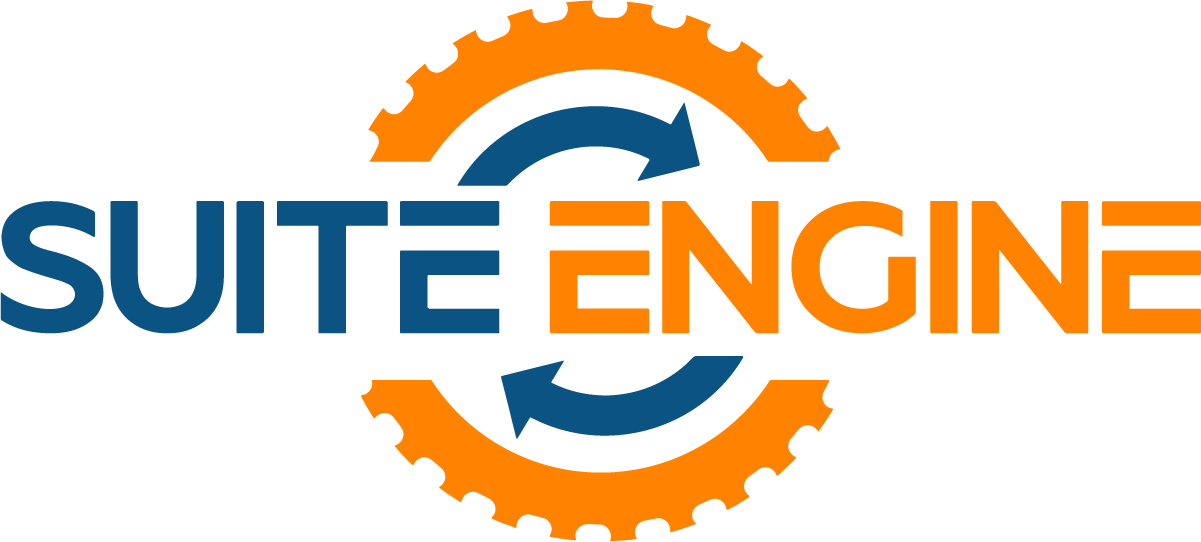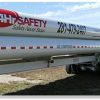Parts Department
Inventory Management Examples:
- Access a comprehensive view of parts inventory, including quantities, locations, and availability, empowering the parts department to make informed decisions based on up-to-date information.
- Analyze historical data, customer demand patterns, and lead times to automatically generate purchase orders or replenishment suggestions, ensuring optimal inventory levels and reducing stockouts or overstocking.
- Categorize and segment inventory based on various criteria such as equipment types, part categories, or customer-specific requirements. This enables targeted analysis, pricing strategies, and efficient parts management.
- Centralize your item master data, including part numbers, descriptions, units of measure, costs, and pricing – ensuring accurate and consistent information throughout your organization.
Pricing and Profitability Examples:
- Option to implement dynamic pricing strategies based on factors such as cost, demand, competition, or customer segments. The system enables flexible pricing adjustments, discounts, or promotions, maximizing profitability while remaining competitive.
- The DMS provides cost visibility, allowing the parts department to analyze pricing margins, identify profitable items, and evaluate the impact of pricing changes on overall profitability. This data-driven approach ensures pricing decisions align with desired profit margins.
- Set customer-specific pricing agreements or contracts, ensuring accurate pricing for loyal or high-volume customers. This personalized approach enhances customer satisfaction and strengthens long-term relationships.
Parts Demand and Forecasting Examples:
- Leverage historical sales data to identify demand patterns, seasonality trends, and popular parts to proactively stock fast-moving items.
- Utilize forecasting models such as moving averages, exponential smoothing, or regression analysis to predict parts demand based on historical data.
- With accurate demand forecasting, the parts department can make data-driven decisions on parts purchasing, pricing strategies, and inventory management.
A Holistic View
In today’s fast-paced and competitive heavy equipment dealership industry, having the right tools and systems is crucial for success. Throughout this list of examples, we have explored how a robust DMS can revolutionize operations in accounting, sales, service, parts, and rental departments.
Data-Driven Decisions with RPM
Now is the time to take action and experience the transformative power of RPM by Suite Engine built within Microsoft Dynamics 365 Business Central. We invite you to book a personalized demo with our team and unlock the full potential of your dealership’s data.
SUITE ENGINE | We connect your business with modern software from Microsoft.
Simplified processes. All in one place.
Equipment Management | Production Builders | and more …
Learn more from Suite Engine …
Suite Engine 2025 Product Updates
December 8, 2025
READ MORE
Demo of HomeBuilder
October 9, 2025
READ MORE
Lessons from the AED Women in Equipment Conference
September 23, 2025
READ MORE
Unified Equipment Dealer Management - RPM
September 9, 2025
READ MORE
Building for Tomorrow's Boom
September 9, 2025
READ MORE
Pre-Defined Packages
August 6, 2025
READ MORE
Processing a Refund in Lot Installments
July 25, 2025
READ MORE
Retainage Receivables
July 17, 2025
READ MORE
Before the Demo: Your Essential DMS Evaluation Guide
July 9, 2025
READ MORE
Unit Statistics in RPM
June 25, 2025
READ MORE
Billing Codes in RPM
June 25, 2025
READ MORE
Planned Maintenance in RPM
June 25, 2025
READ MORE
2025 MHEDA Convention Recap
May 2, 2025
READ MORE
All HomeBuilder Videos - Playlist
April 28, 2025
READ MORE
Why You Should Invest in ERP Now, Not Later
April 25, 2025
READ MORE
Channel Sales Manager for Walmart | Now Available
April 18, 2025
READ MORE
HomeBuilder 'Common Questions' Playlist
April 9, 2025
READ MORE
Creating a New Lot
April 9, 2025
READ MORE
Adding GL Accounts and Cost Detail Codes
April 9, 2025
READ MORE
Creating and Managing House Areas
April 9, 2025
READ MORE
Creating Contacts in HomeBuilder
April 8, 2025
READ MORE
Creating a New Model and Adding to a New Phase in HomeBuilder
April 8, 2025
READ MORE
Adding a New Base Contract Item in HomeBuilder
April 8, 2025
READ MORE
Financial Management | CSM for Amazon
April 8, 2025
READ MORE
Multi-Channel Fulfillment with Amazon
April 8, 2025
READ MORE
Retainage How-To Video Series - Playlist
February 20, 2025
READ MORE
ARA Show Insights
February 5, 2025
READ MORE
Revved Up From The AED Summit
January 23, 2025
READ MORE
Subscription Management - CPM for Stripe Video
January 8, 2025
READ MORE
HomeBuilder Product Development Roadmap
January 2, 2025
READ MORE
![]()
![]()
![]()
![]()
![]()
![]()
![]()
![]()
![]()
![]()
![]()
![]()
![]()
![]()
![]()
![]()
![]()
![]()
![]()
![]()
![]()
![]()
![]()
![]()
![]()
![]()
![]()
![]()
![]()
![]()
![]()
SHARE THIS POST:






